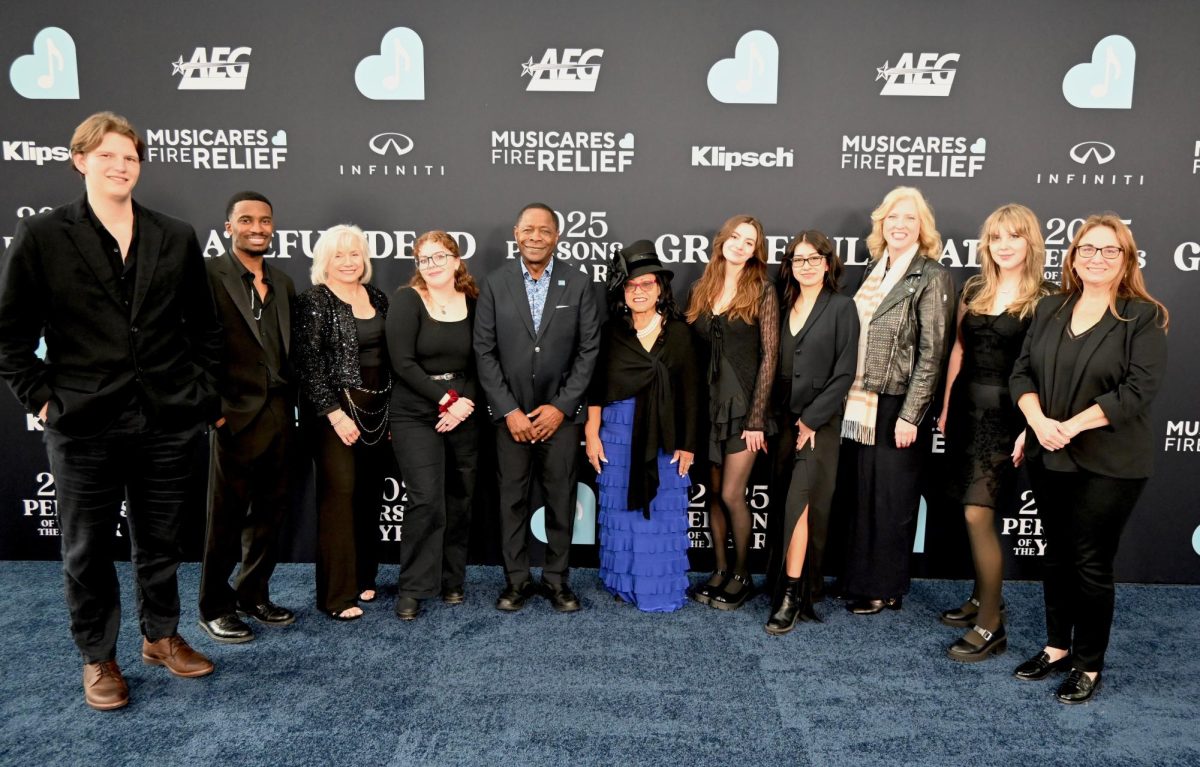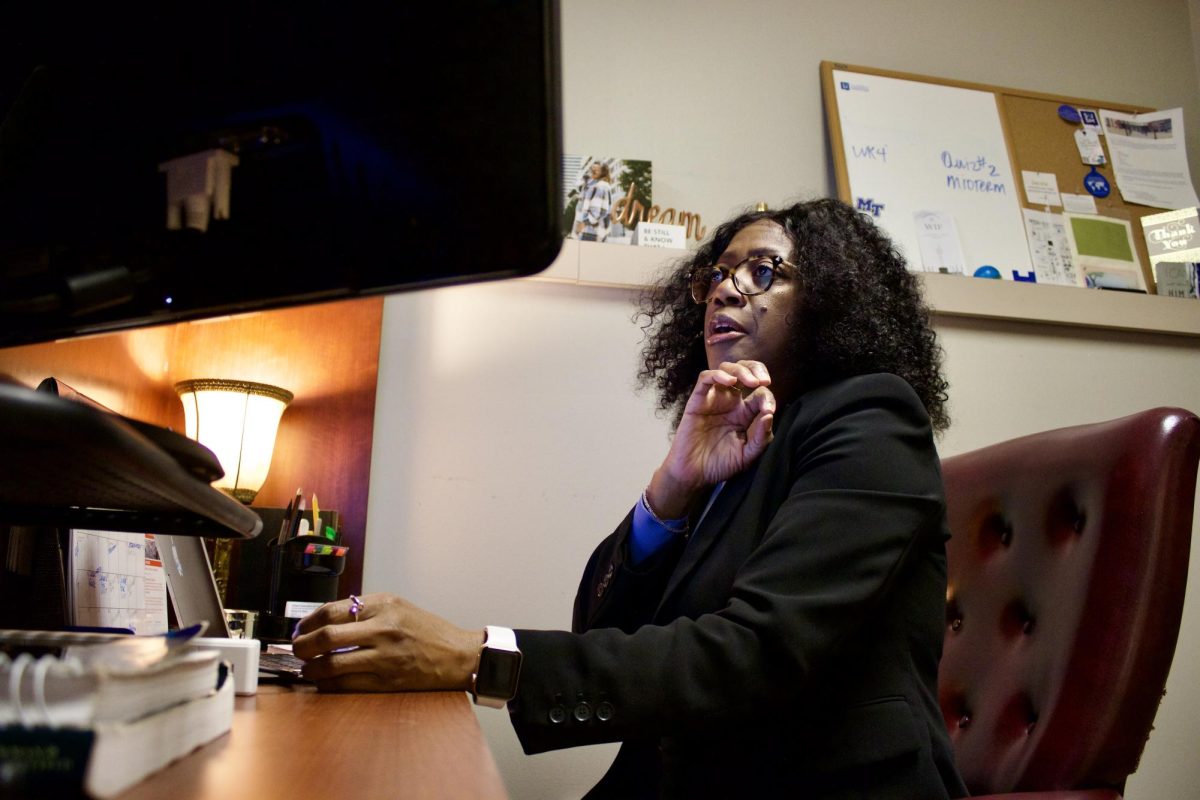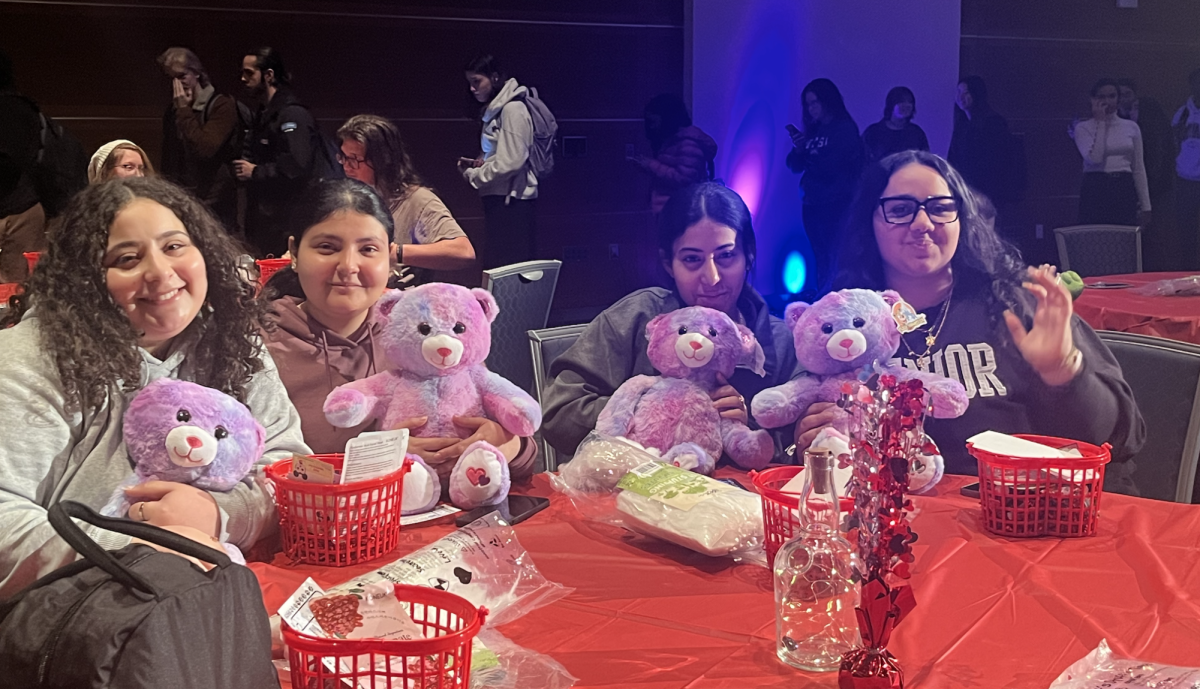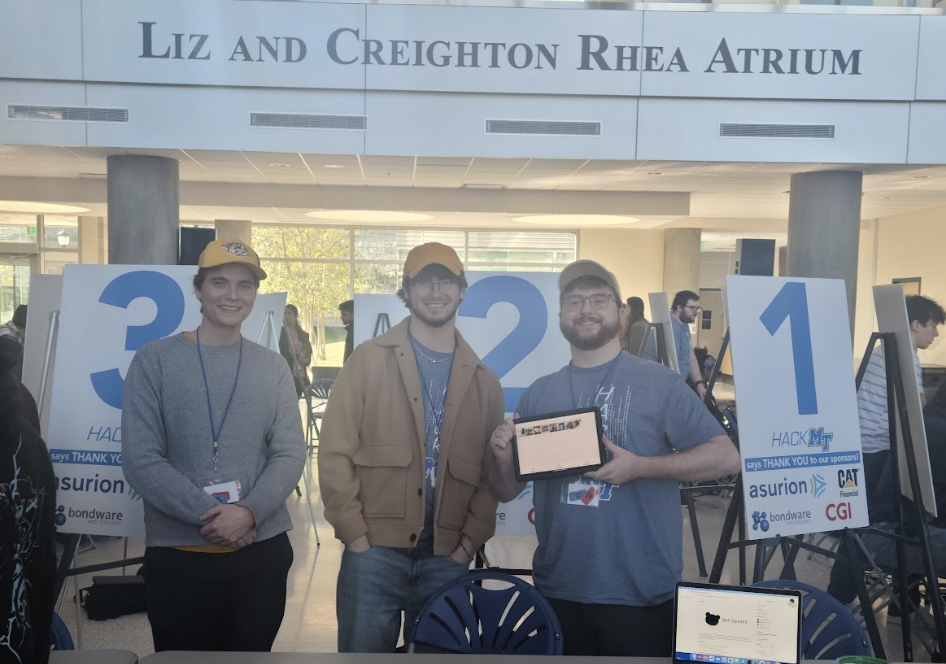Photo courtesy of Bonnie Tinsley
Mother Teresa was canonized as a saint by Pope Francis on Sept. 4. She is often discussed with mythical admiration; though she’s a part of recent history, very few people in the world met her during her lifetime. Her canonization comes just 19 years after her death. While many question the late nun’s work and others shower her with praise, there is no doubt in one Murfreesboro couple’s mind that Mother Teresa was a miracle worker.
Bonnie Tinsley was a journalist and author whose poetry was published mostly in Midwest publications. After 10 years of marriage, she divorced, but soon fell in love with and married Cliff Richeson. Keeping her given surname, the newlyweds moved to Southeast Asia where he worked for a construction company. After two years in Singapore, the couple moved to Bangalore in the south of India. She began a career writing for The Straits Times, Singapore and writing books on the Singapore Botanic Gardens.
In the fall of 1984, the couple was at dinner with their friends when the subject of children came up. Bonnie said she hadn’t really thought about having any in the near future.
One of the women told her: “Meet me in the morning, I want to take you somewhere, and wear comfortable shoes.”
Tinsley, who is an adjunct instructor in Latin, a subject she taught in high school for several years, recalled that long ago day trip while sitting in the MTSU library. Her dirty blonde hair frames a warm smile, glowing cheekbones and she carries a wisdom that only be acquired through immersive travel.
The friend took both she and her husband up a mountain in Tamil Nadu, India to Shanti Bhawan, a Missionaries of Charity orphanage that took care mostly of children abandoned in hospitals and elsewhere.
“I was not baby shopping,” Tinsley laughed about her attitude at the beginning of that day.
However, shortly after stepping inside, Tinsley spotted a crib “tucked away in the corner of a very dark room.”
“I just had this feeling.”
What the women who worked at the orphanage then brought out was a baby girl wrapped in blankets, her forehead covered in charcoal as a “homegrown preventative” for disease.

Tinsley and Richeson fell in love with the dark-eyed baby named Pema (pronounced PIM-uh) at first sight.
“I just had to have her,” she said.
“I say that, and I get chills.”
The couple decided to adopt her, without hesitation. “We were in it together — totally together,” Tinsley stated. “Here, we were living in India, it should’ve been a piece of cake.”
The couple’s life in Bangalore was pleasant, but characterized by intermittent water and electricity as well as no home phone and mail delivered by horse-drawn cart.
“Communication was impossible.”
Adversity and red tape foiled the adoption process.
The American couple traveled to Calcutta (now Kolkata) to speak with Sister Margaret Mary at Missionaries of Charity about what they needed to do to bring their daughter home.
The meeting ended with a stern “no” from the nun, who didn’t hide her dislike of Tinsley and Richeson.
“She had reason not to [like us] because we were Americans, we were not Catholic and I was divorced.”
“We weren’t going to be dismissed,” Tinsley persisted, “I just felt like there was some avenue we could find to get that baby. Somehow. We were not giving up.”
While Tinsley and Richeson scrambled, Pema was transferred to a new orphanage, where they met Sister Dionysia, whom the couple beloved. “She did everything she could to help us.”
They sorted through “mountainous” paperwork and were willing to let the Indian government conduct a home study, but deep down, they knew they would not be able to get their baby girl unless they persuaded Mother Teresa themselves.
Tinsley’s editor at The Strait Times tried on multiple occasions to assign her to interview Mother Teresa in hopes they could make contact, but all attempts failed.
One day, Richeson travelled to Calcutta on business and his wife came along. After explaining their woes to someone in the city, they were told to go to vespers at night because Mother Teresa would be accepting visitors.
They went, but immediately felt like their mission was impossible.
“She [was] upstairs on a mezzanine,” Tinsley described, “and there was this sea of tourists from the U.K., all carrying WH Smith bags.”
Their luck began to change when a nun who had seen them at the orphanage that morning found them and led them up a back stairway so that they could be on the same level as Mother Teresa.
“There were forces at work on our behalf probably that we didn’t know about,” Tinsley recollected.
After a long period of waiting, Tinsley thought they might as well give up hope. “I was standing there, getting ready to turn around, and I felt this pressure on my shoulder. I heard a voice saying ‘Wait.’ Clear as a bell– ‘Just wait.’”
Soon enough, they were standing right in front of the “saint of the gutters” herself.
“She held us, and I remember how strong her hands were,” said Tinsley of the experience. “She was tiny, but so strong.”
The soon-to-be parents pleaded their case, as Mother knew their story from other nuns.
“There was this stunned silence all around us.”
Mother Teresa finally told them she would pray about it, and asked them to pray as well. She told them to come to her office first thing in the morning and she would let them know her decision.
“I was so determined, and I felt that she should be feeling our love,” Tinsley paused, wide-eyed, “and of course, she did.”
The next day they were given a letter for Sister Margaret Mary that said they could have the baby.

The couple worked diligently, sending paperwork to both the States and the Indian government.
About a month later, they received a letter in the mail from Sister Margaret Mary stating that Mother had changed her mind. Tinsley knew something was wrong immediately.
Not long after, they received a summons from Mother Teresa’s orphanage in Calcutta.
Upon travelling there, the couple was told Pema would be transferred to an orphanage called Sicu that handled American adoptions. For the first time in almost a year and a half, the couple saw an end in sight to their battle.
While they completed paperwork and the home study, Pema remained in the orphanage, which Tinsley described as “very, very rough.” As soon as Pema was cleared to come home with the Americans, she contracted chicken pox and had to wait until the outbreak was cleared up in the orphanage.
The adoption saga ended in March of 1986. Tinsley and Richeson finally had their baby at home in their loving arms.

She was given the name Pema Jane Richeson, her middle name after Tinsley’s editor who worked so hard to help their family meet Mother Teresa, and was emotionally supportive of their venture.
The last step of the adoption was officially signing the papers across the pond in America. Tinsley and Richeson took their daughter to Chicago, Illinois, the state where Richeson grew up, to finalize the adoption.
Once again, they faced obstacles but were able to resolve them with help from the people involved and an element of miracle. Richeson talked with many government officials before getting the okay to continue with the proceedings.
The final step was for the judge to stamp the papers and send the new family on their way.
“When she went before the judge to be approved for citizenship, she was up on this stepping stool, eye-to-eye with the judge. She was not even 2 years old, and she was having problems speaking because she’d heard all these languages. The judge looks at her and says, ‘Do you wanna go home with these people?’”
Tinsley said she was scared. “I thought ‘Oh no, she doesn’t understand what he’s saying.’ I was halfway out of my seat, and she nodded her head yes. It was so cute. Then she turned around and reached for us.”
Tinsley’s eyes swell with pride as she remembers those early days with her daughter. As tears trace her cheeks, Tinsley flips through a photo album of Pema’s childhood, first in India, then Hong Kong and Singapore before the family relocated to Murfreesboro.
“She’s probably the most photographed baby on earth.”
Photos of Pema holding her cat Fa Cai (Mandarin, pronounced FAT-choy), sitting in high chairs and playing with other children scattered across the pages, accented with big-dimple smiles.
“She was a normal little kid. She seemed to understand. I think she had been told by multiple people in Mother Teresa’s organization that her parents were coming for her.”
The photo of Tinsley holding Pema for the first time really illustrates the bond that made her change her mind and want to become a mother.
Pema came from an orphanage in India and went on to attend Indiana University and gained a master’s degree at University of Denver. Located in Seattle, she is now the Director of Operations for the Alzheimer’s and Parkinson’s Research Center at University of Washington.

Having recently finished writing “The World in a Garden,” which will soon be released in Singapore, Tinsley is at work on a more personal matter. She is penning a family memoir titled “Against Every Hope: India, Mother Teresa and a Baby Girl.” Tinsley hopes that in sharing her family’s story she will inspire others struggling with adoption.
To contact Lifestyles Editor Olivia Ladd email [email protected].
For more updates, follow us at www.mtsusidelines.com, on Facebook at MTSU Sidelines and on Twitter/Instagram at @Sidelines_Life.













